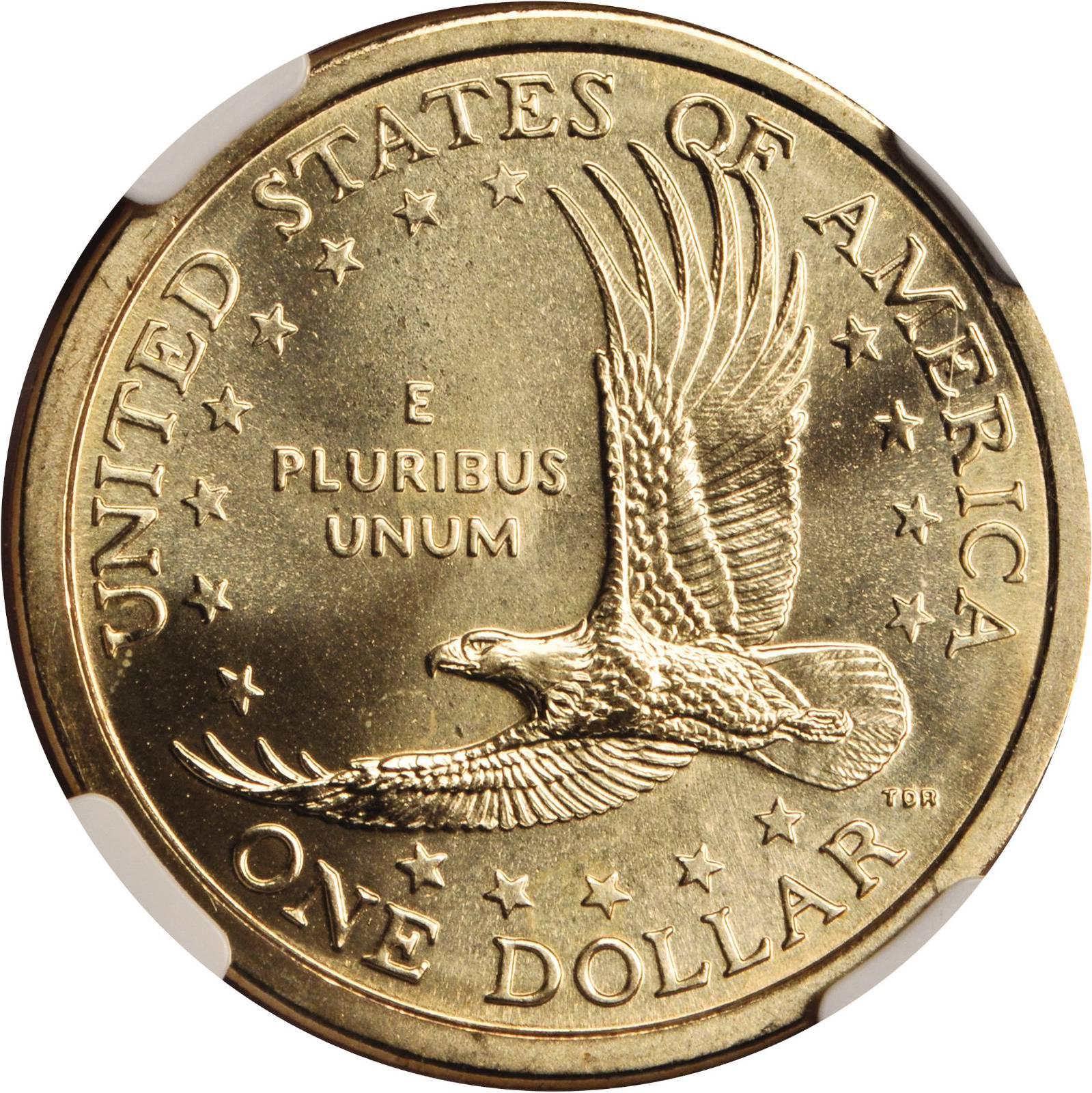


The Palio is much more than a simple event for the Sienese, it actually is a large part of their lives since the time of their birth. As the jockeys come out, each one receives a whip made out of ox sinew which they can use to prod their horse or to whip the the other opponents in the race. Around that time, a firecracker explodes to signal the entrance of the horses into the piazza. The name of the jockeys are confirmed and cannot be substituted from that point on.ģpm: Each Contrada performs a blessing ceremony of its horse and afterwards joins in the large parade in historical costume, with over 600 participants, that winds through the city.ĥpm: The crowd arrives in the Piazza del Campo, where it stays until 6.30-7pm. Shortly after the mass the last trial takes place in Piazza del Campo, the one called 'provaccia'.ĭuring this special occasion, the main square in Siena, the Piaza Del Campo is prepared for the race as the ring around the square is covered with tuff clay.Īt 10.30am: Within the Palazzo Comunale and in the presence of the mayor, the 'segnatura dei fantini' takes place. On the day, at 8am, in the chapel next to the Palazzo Comunale, the Bishop celebrates the 'Messa del fantino' or mass for the horse jockeys. The fifth trial, the one run the evening prior to the official Palio, is called the 'prova generale' or general trial, while the last which takes place the morning of the main race, is called provaccia, or bad trial, given the little effort the jockeys put into it in order to avoid tiring the horses too much. The Sienese live the Palio with great passion and you'll certainly be able to see this if you have the chance to attend one of the races.Īround 7pm, a firecracker explodes to signal the entrance of the horses into the piazzaīefore the official race there are six trial runs, one in the morning and one in the afternoon. The Palio is much more than a simple event for the Sienese, it actually is a large part of their lives since the time of their birth.Įach person belongs to a Contrada, participates in the life of the Contrada and the organization of the Palio throughout the entire year. In it's current form, it's believed to have taken place since the mid-1600s. The Palio horse race has its origins in the distant past, with historical records indicating horse races in Siena already taking place in the 6th century. Much like street signs, corners often designate the entrance into a different Contrada with signs as the ones in the picture below. As one walks through the streets of Siena it is easy to know in which Contrada you currently are in by observing the flags and emblems displayed along the street. The 17 Contrade are: Eagle, Snail, Wave, Panther, Forest, Tortoise, Owl, Unicorn, Shell, Tower, Ram, Caterpillar, Dragon, Giraffe, Porcupine, She-Wolf, Goose.Įach Contrada has its own unique emblem and colors and represents an area of the city. Originally, there were about fifty-nine 'contrade' but now only seventeen remain, ten of which take part in the historical pageant and in the race at each Palio (seven by right and three drawn by lots). In the Palio the various Sienese 'contrade', or areas, in which the city is divided, challenge in other in a passionate horse race in the heart of the city in the Piazza del Campo. In the Palio the various Sienese 'contrade', or areas, in which the city is divided.


 0 kommentar(er)
0 kommentar(er)
